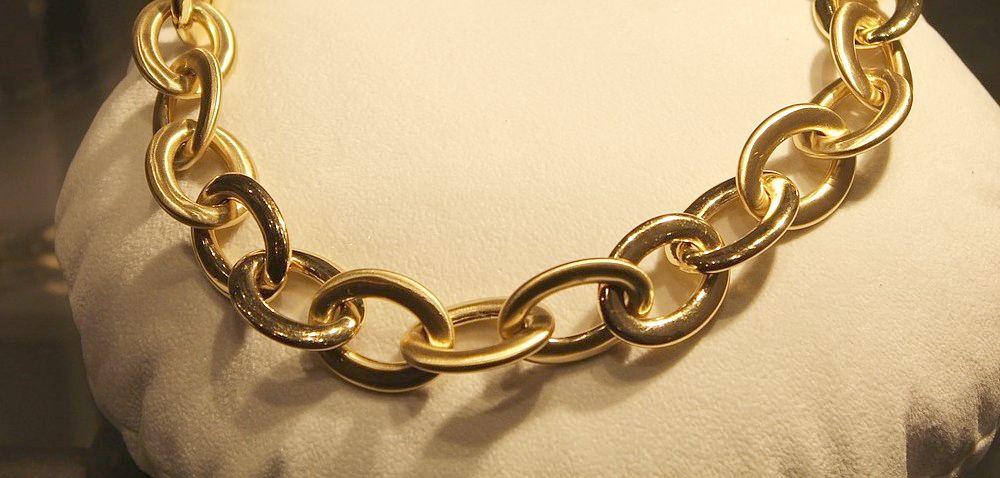If you’re looking for a way to diversify your investment portfolio and hedge against risk, you might consider investing in precious metal commodities. These commodities, like gold, palladium, platinum, and silver are some of the rarest—and therefore most valuable—elements in the world. There’s a finite supply, making them inherently tradeable, almost as a form of currency, and their asset class makes them safer than traditional investments in some ways.
But with so many options for investing in precious metal commodities, what’s the best choice?
The Options
These are some of your best options:
- Jewelry. Precious metals are prominently featured in the form of jewelry, which can be readily exchanged at jewelry stores and with other consumers. Certain types of jewelry, like diamond rings, are especially resistant to pricing volatility, and this form of investment allows you some measure of functionality while you hold it.
- Direct purchases. You can also make direct purchases of gold, silver, and other metals from a dealer or another consumer if you want to hold the tangible coins and bars. This option is usually reserved for people preparing for the worst; coins and bars are difficult to store safely, and may be less liquid than other trading options.
- Certificates. Certificates are pieces of paper that certify your ownership of a specific amount of precious metals, which gives you a few of the advantages of physical ownership without necessitating your commitment to long-term storage. If some kind of apocalypse unfolds, however, these pieces of paper may not be worth much.
- ETFs. Exchange traded funds (ETFs) often collect a specific type of precious metal, or several types of precious metals together. It’s an easy way to trade commodities without making a physical purchase, and gives you more flexibility in terms of the makeup of your portfolio.
- Futures and options. If you’re interested in profiting from future fluctuations in commodity prices, you may want to purchase futures contracts or pursue options. These contracts allow you to set buy or sell prices for the future, which are ideal for day traders and short-term investors, but are often too risky for long-term investors.
- Stocks and funds. If you’re looking for a more conventional way to get into these commodities, you could also invest in stocks or mutual funds that focus on the companies mining for precious metals.
Advantages to Consider
There are several advantages to investing in commodities, which you’ll want to capitalize on with your choice in investment:
- Exception from market volatility. One of the most common reasons for investing in precious metals is their general exception from market volatility. If and when the stock market experiences a crash, the prices of precious metals remain much more consistent—and they may even rise in response to the downfall. If you’re concerned about market volatility, any option that allows you to gain exposure to precious metals could be worthwhile.
- Inherent worth. Precious metals also have some degree of inherent worth, as opposed to digital assets or paper certificates (like fiat currency), due to their rare, finite nature. This makes them appealing for worst-case scenario investors, though the only way to reap the benefits of this advantage are with a physical purchase of jewelry, coins, or bars.
- Diversification. Precious metals are also a straightforward way to diversify your portfolio. If you’re trying to gain exposure to as many assets as often, it’s a good way to flesh out your holdings.
Disadvantages to Consider
However, there are some disadvantages you’ll need to guard against as well:
- Unpredictability. Once you learn how to read market fundamentals and look into corporate news, it becomes possible to make intelligent predictions about the future development of a company’s stock. With precious metals, however, it’s much tougher to predict a chart of future growth. ETFs are a good way to hedge against this disadvantage, since you can invest in multiple metals at once.
- Pricing volatility. Precious metals also experience price volatility in response to more variables than stocks or bonds. A sudden shortage, new demand, or a new use for a metal may result in extreme pricing fluctuations. Again, ETFs and funds are a good way to protect against this.
- Potential losses. If you’re investing in physical items or certificates, you’ll need to have a safe place to store them, or you’ll be exposed to the possibility of loss via theft. ETFs, stocks, and any other digital form of exchange can protect you.
Commodities aren’t an investment for everyone, so consider your options carefully before you invest. Once you’ve decided to invest in commodities, make sure you choose the investment strategy that works best for your portfolio; for those looking to safeguard against unexpected events, a physical purchase may be best. Otherwise, investing in ETFs is one of your best-protected choices all-around.




